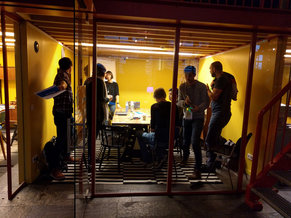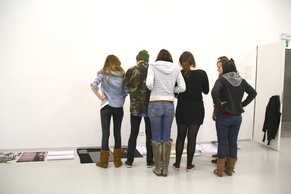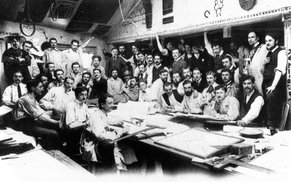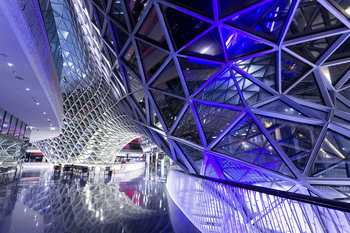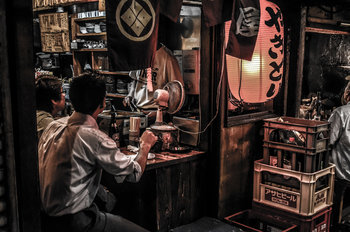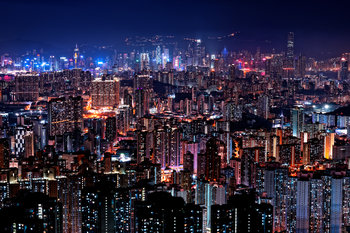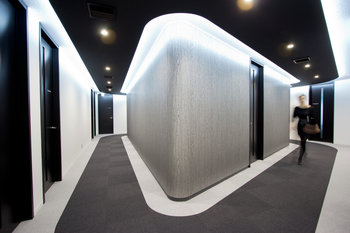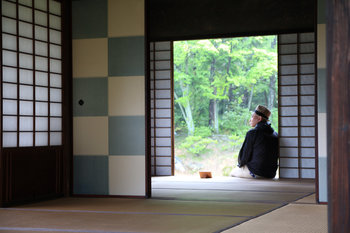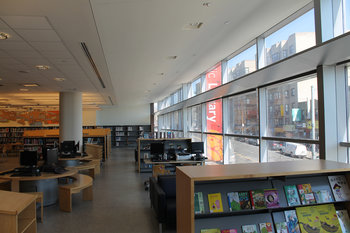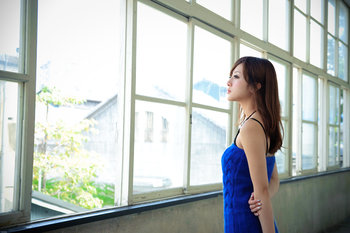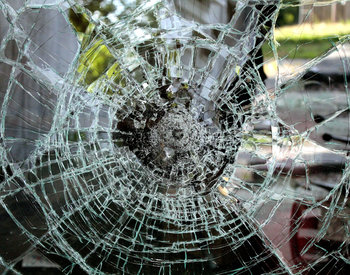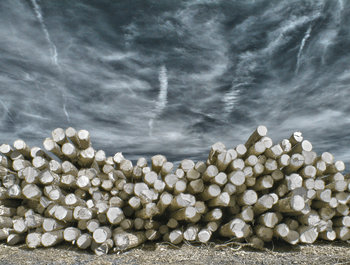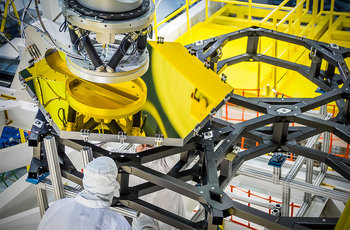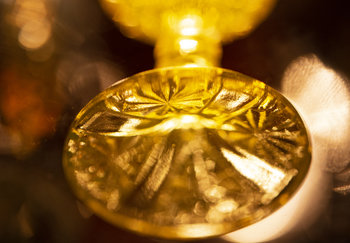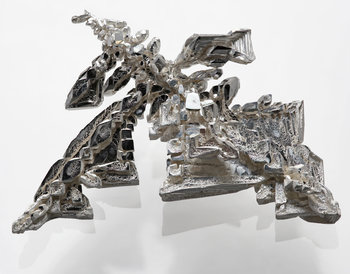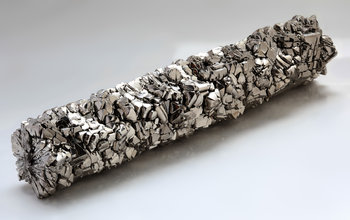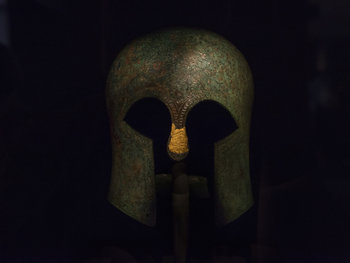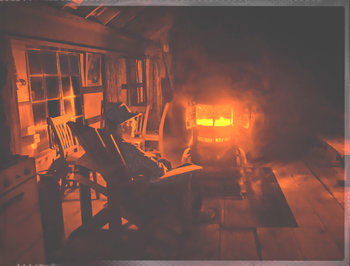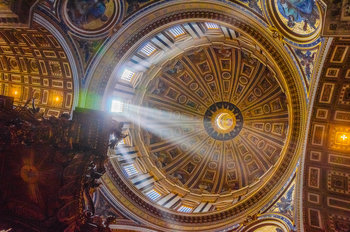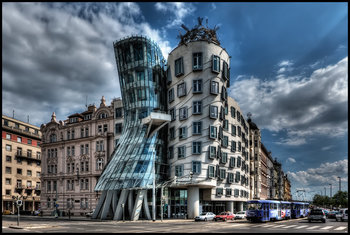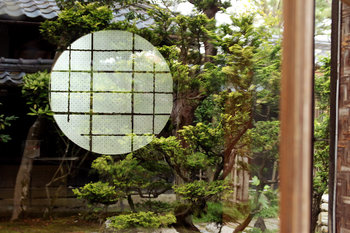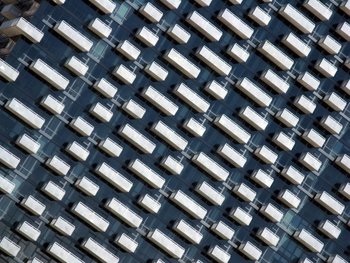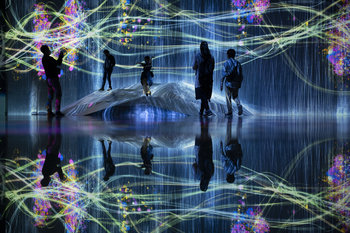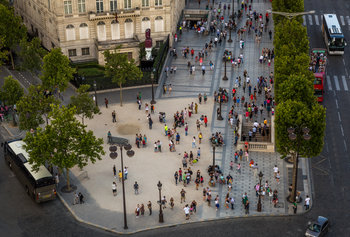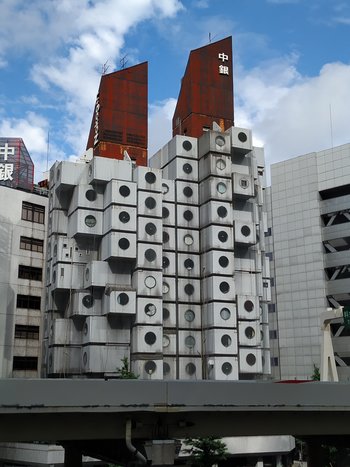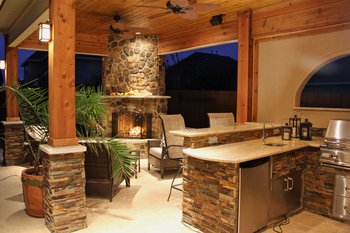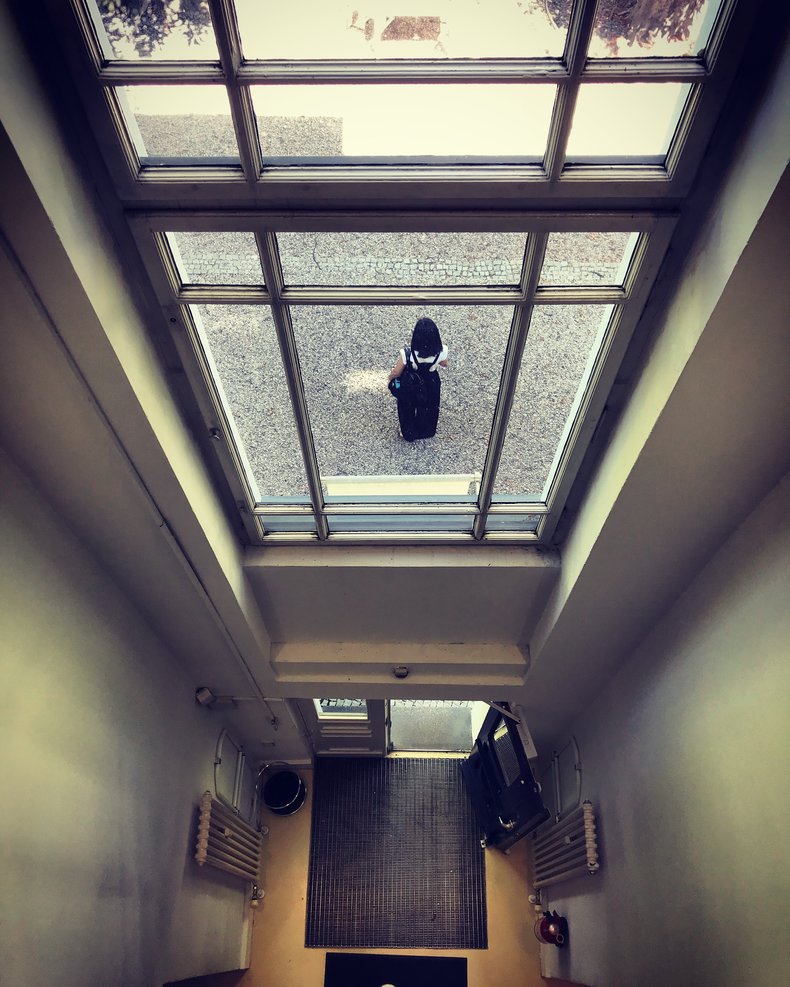
Basic Window Glass
At its most basic, window glass is a soda-lime glass made with silicon dioxide, also known as sand, and other ingredients such as sodium oxide, sodium carbonate, lime, magnesia and alumina. This is common glass that is also used in packaging such as jars. Soda-lime glass is durable but brittle such that it easily breaks into dangerous shards. It provides some insulation and is prone to thermal expansion such that it may crack and break in a fire.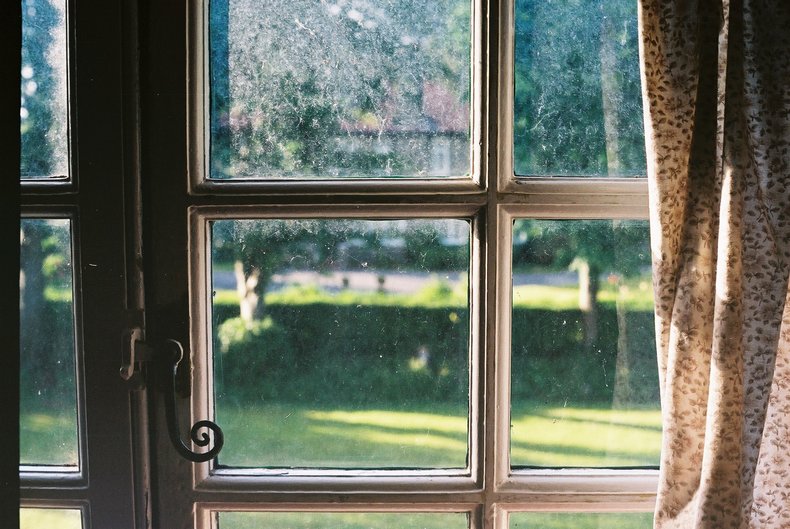
Architectural Glass
Architectural glass is any product that is fit for architectural use including walls, windows and floors. This is mostly plate glass but includes other form factors such as glass bricks.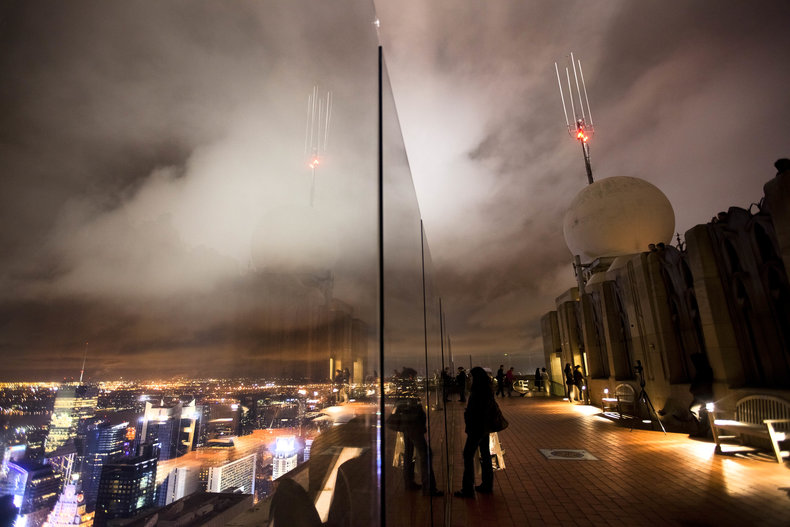
Double Glazed
Windows that are produced with two panes of glass with a gas between them to provide thermal and acoustic insulation. Windows may also be triple or quadruple glazed.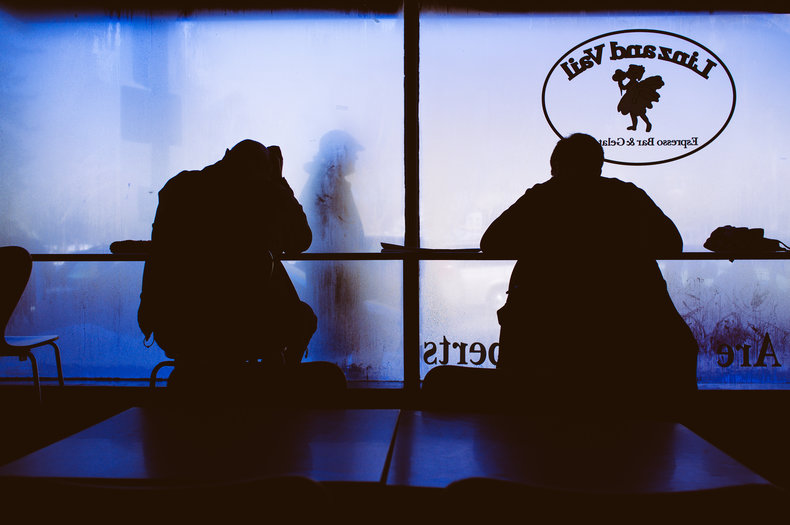
Insulated Glass
A glass product that reduces temperature transfer between the two sides of the glass. In the case of windows, this is mostly synonymous with double, triple or quadruple glazed glass.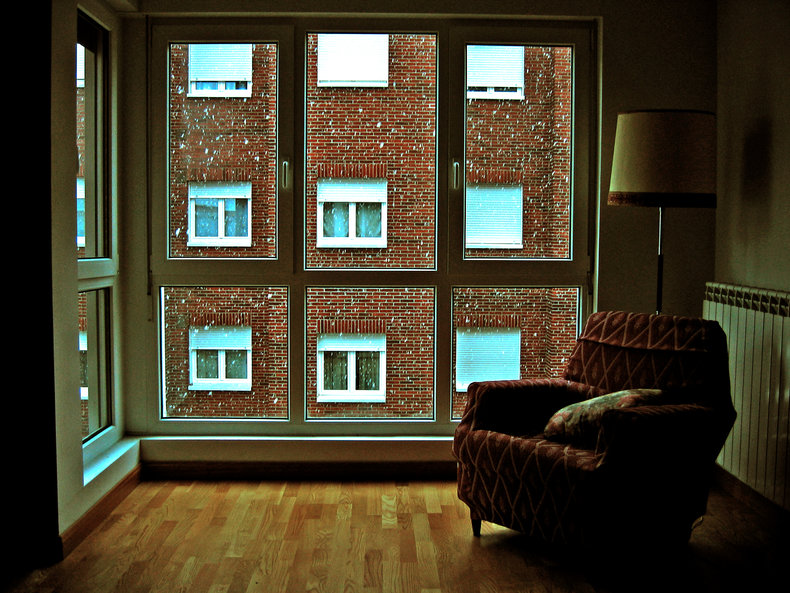
Safety Glass
Glass that is designed to not to break easily or to pose less of a threat when it does break.
Laminated Glass
Laminated glass has an inter layer of plastic that holds the glass together when it breaks. Broken laminated glass produces a characteristic spiderweb pattern. This is familiar to many people as the pattern found in a broken smartphone screen. Laminated glass is often used in vehicles as it can prevent passenger ejection because the glass remains in place even when broken. Unlike most glass, laminated glass can burn and this is a consideration for some applications such as fire partitions in a building. Other considerations include the fact that laminated glass cant be broken out to provide a route of escape. Naturally, this can be designed out with structures that allow the entire window to be popped out.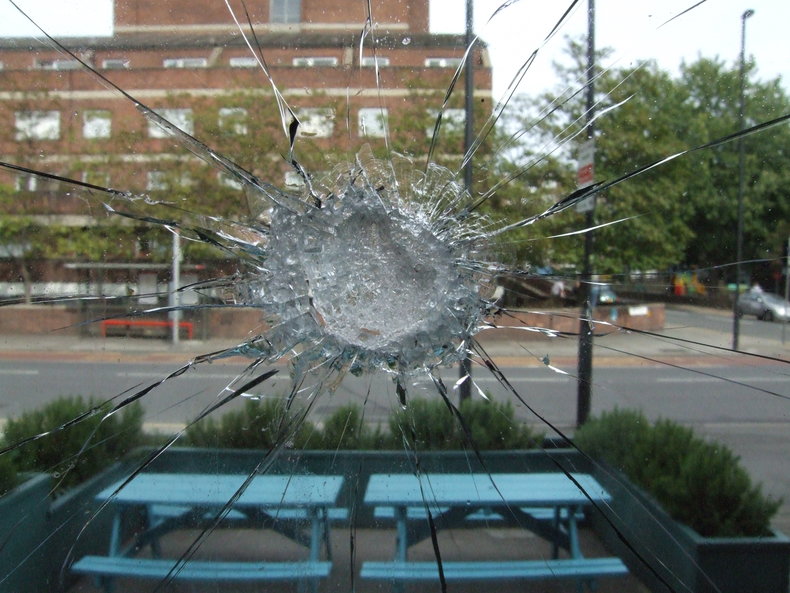
Tempered Glass
Tempered glass, or toughened glass, is thermally and chemically treated to produce a glass with high compressive stress on the surface and high tensile stress in the inside. This is a strong type of glass that produces small chunks of glass when broken. These are thought to be safer than large shards of glass. Unlike laminated glass, tempered glass completely breaks. This can be desirable or undesirable depending on the window. For example, tempered glass will not prevent passenger ejection in a vehicle accident as well as laminated glass.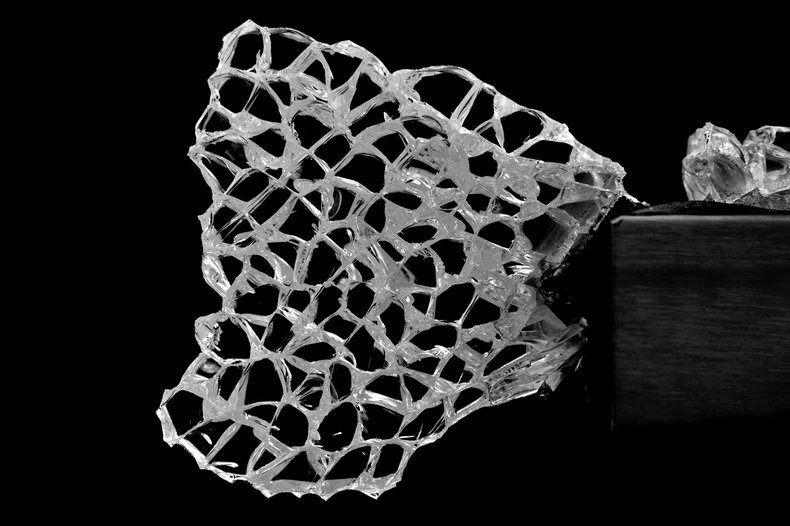
Acrylic Glass
Acrylic glass isn't a true glass but is rather a clear plastic. It isn't brittle like glass and is used where fracture is unthinkable such as a large aquarium or a window in a yacht. In this sense, it can be considered a specialized type of safety glass. However, unlike glass it burns and was associated with a particularly terrible 1973 fire known as the Summerland disaster.
Wired Glass
Wired glass is a composite material with a wire mesh set in glass. Unlike most composite materials, wire mesh glass isn't particularly strong and is generally less strong than glass alone. It also can't be considered a modern safety glass because it produces large shards when broken. Its primary strength is that it resists fire well as it holds the glass partially together after being broken due to thermal expansion. This can be contrasted with tempered glass that completely shatters into small pieces and laminated glass that is combustible.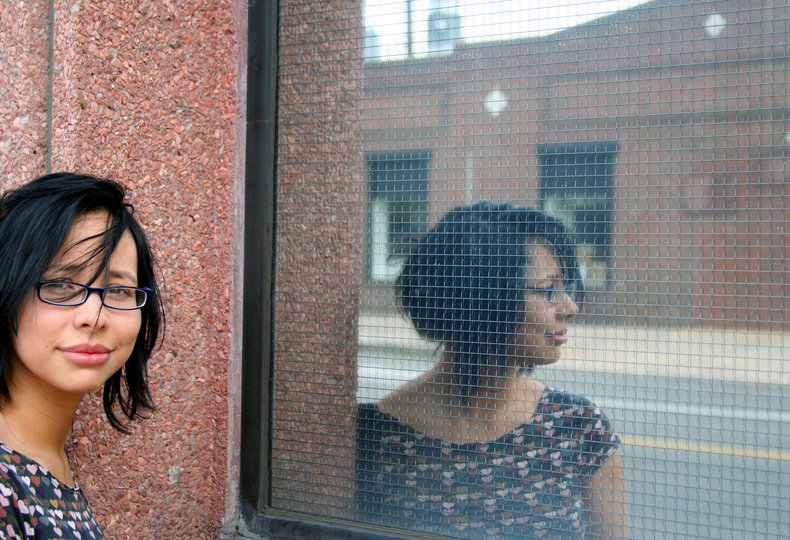
Heat Resistant Glass
Glass that is designed to resist heat for applications such as passive fire protection. Regular soda-lime glass doesn't burn but easily cracks in heat. This is because many of the additives in this glass are designed to reduce the melting point of the material to make it cheaper to manufacture. As such, pure silicon glass with no additives known as fused quartz has a low coefficient of thermal expansion compared to most glass. Borosilicate glass and glass-ceramic are also somewhat heat resistant.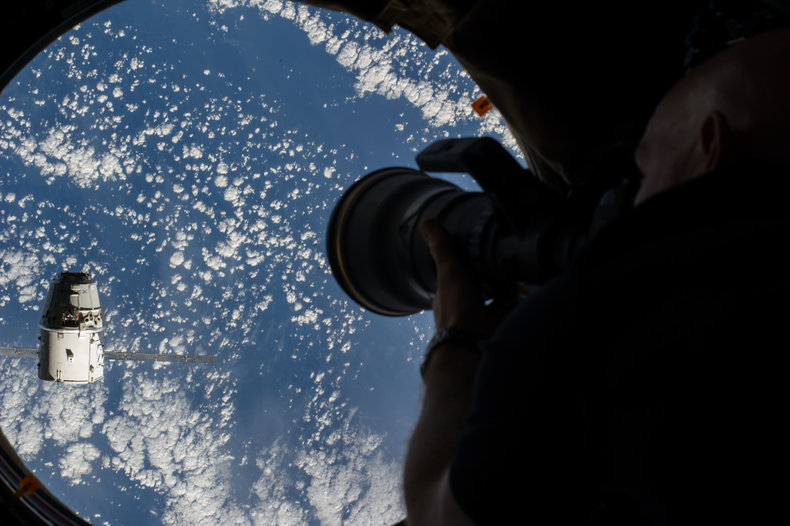
Security Glass
Security glass is any glass that is difficult to break. This is often a chemically strengthened glass such as that used in airplane windows and smartphone screens that may be stacked in many layers and laminated. It is also common to use strong plastics such as polycarbonate in security glass.
Colored Glass
Glass that is colored, often with a metallic salt. This changes the color of the light entering a room and can be distracting. As such, it works best in hallways and staircases where people don't spend extended periods of time.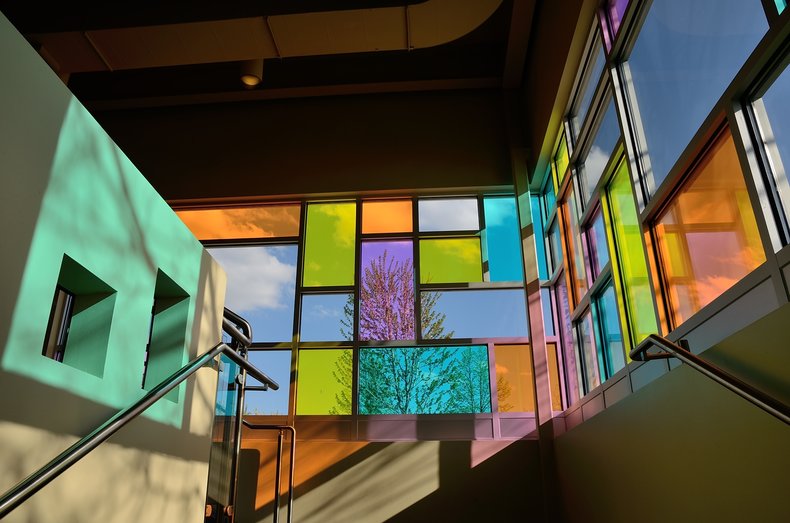
Privacy Glass
Glass that includes a coloring, texture or pattern that distorts views both in and out. Alternatively, a tinted film may be added to the exterior of the product at the factory or during installation. For architectural purposes, textures or patterns are perceived more positively as tinted windows can look cheap and tend to feel suspicious.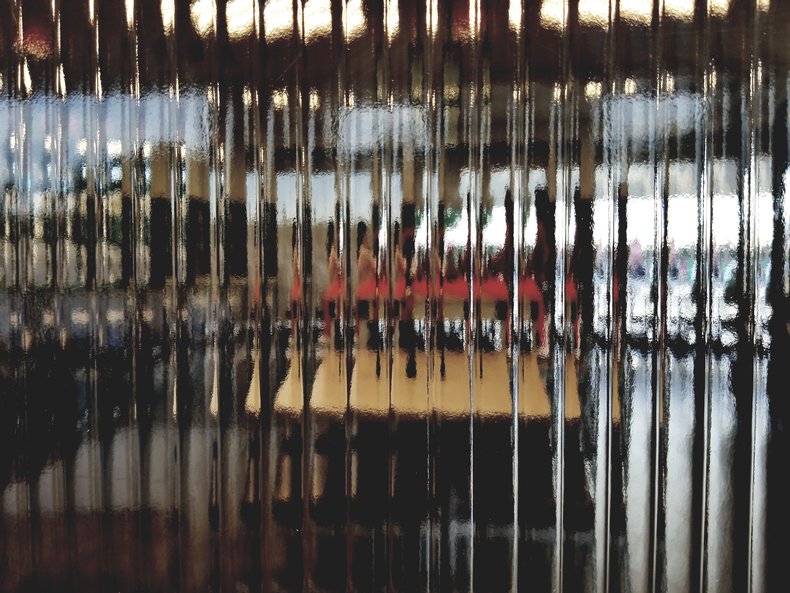
Switchable Glass
Privacy glass that can be controlled to become transparent, translucent or opaque. These are often a component of smart windows that may automatically change according to conditions such as glaring sunlight. Switchable glass can also typically be controlled by users. It often has a frosted appearance when in its semi-opaque stake but can also have a color such as black.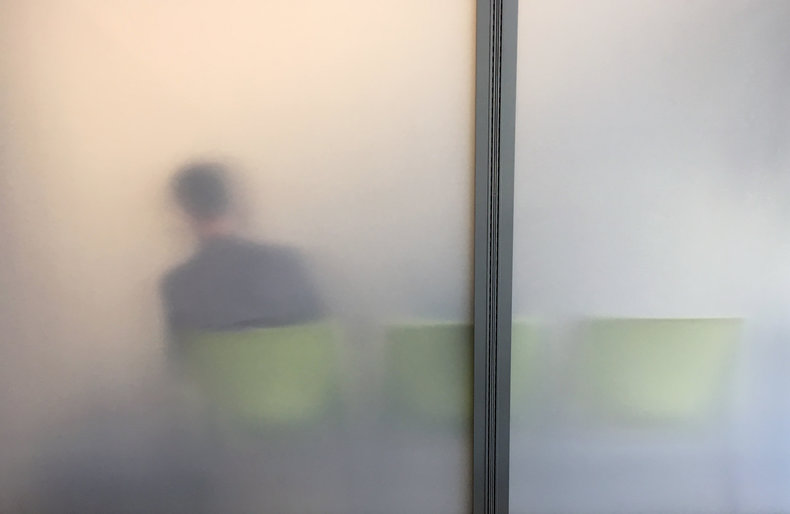
Cathedral Glass
Cathedral glass is an architectural term for privacy glass based on a texture or decoration that is reminiscent of the stained glass windows of churches. This may include small panes of glass in a single unit or can be a sheet of glass with an embedded pattern. Cathedral glass is often monochromatic but can also have color.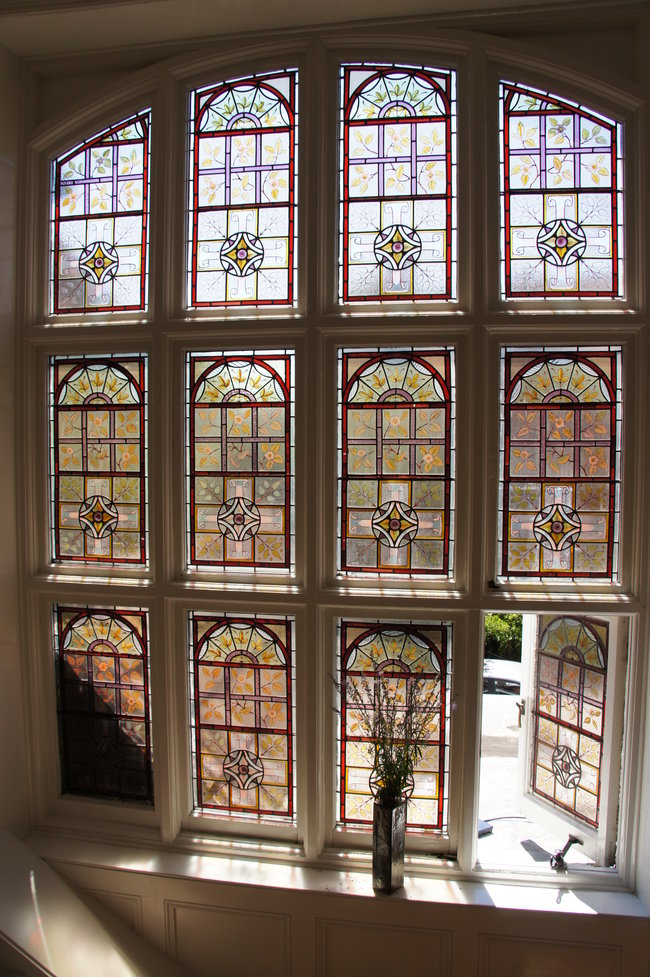
Reflective Glass
Reflective glass is designed to be reflective on one side and transparent on the other. This reduces the heating effect of windows and can be energy efficient, particularly in a hot climate. These also resemble one-way mirrors that provide privacy. The reflective effect is produced by a metal, usually aluminum embedded in the glass or added as an exterior film. Reflective glass can produce significant glare that make a building look unattractive or cause discomfort to people in neighboring buildings.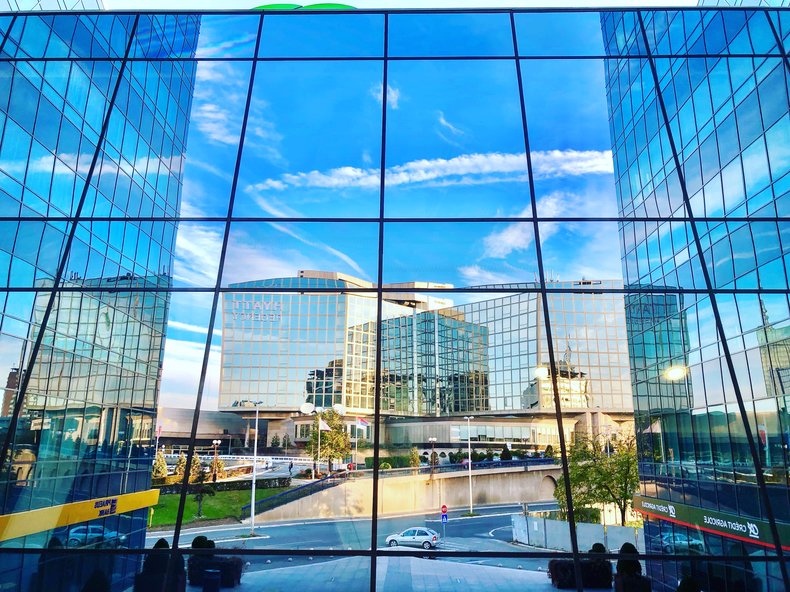
Self-Cleaning
Glass that has been treated or coated to be hydrophobic or hydrophilic meaning that it attracts or repels water. These roll droplets or sheet water respectively such that a self-cleaning window may remain clean when exposed to regular rain.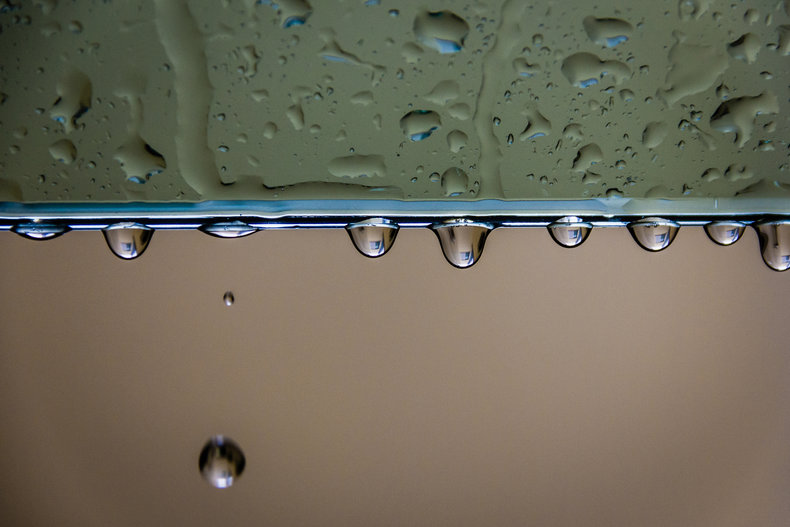
Glazing Glass
Glazing is another word for window glass and doesn't refer to a specific type of glass. This relates to the trade glazier, a professional who cuts, installs and removes glass.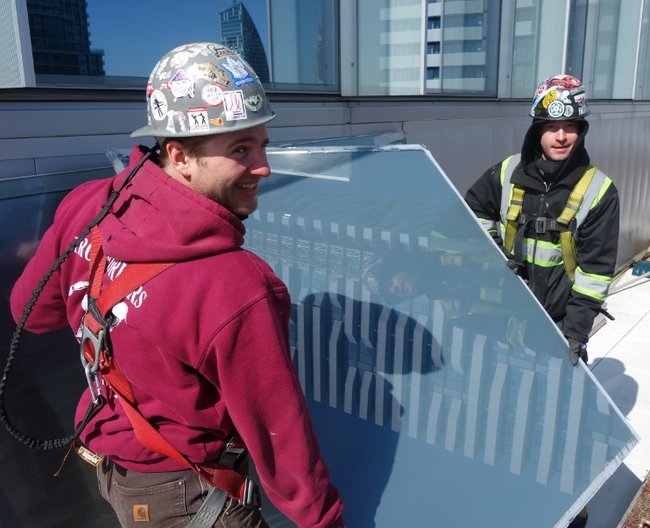
Crown Glass
Glass that was produced from the 14th to 19th century using a process of glassblowing and spinning that created large disks that were then cut into other shapes. The center of each disk had the thickest glass as the disks thinned out towards the edges. The center was typically cut into a diamond shape and sold as high quality window panes. Crown glass is a silicate and potassium oxide glass that is extremely clear. However, historical glass its often less clear than it was in its original state. Diamond shaped windows are a common characteristic of historical buildings in areas where crown glass was produced. Glasses are still made with silicate and potassium oxide using modern manufacturing processes.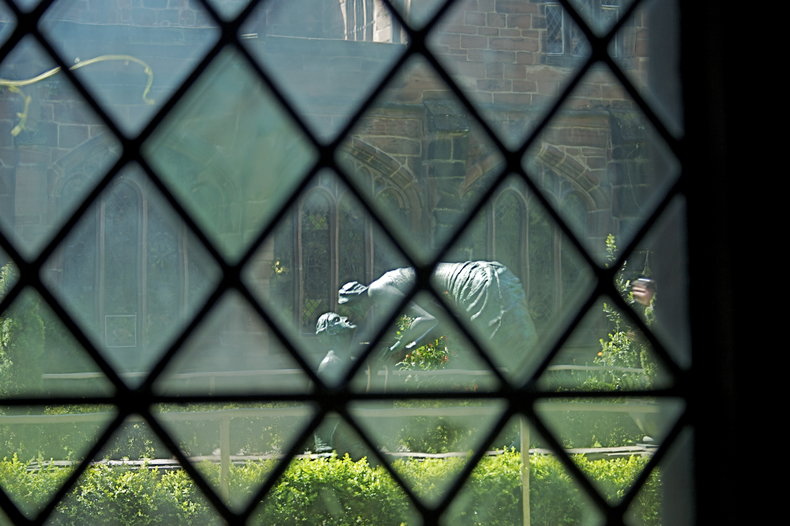
| Overview: Window Glass | ||
Type | ||
Definition | Glass that is commonly used in windows due to properties such as cost, transparency, privacy, safety, fire resistance, strength, security and visual appeal. | |
Related Concepts | ||




